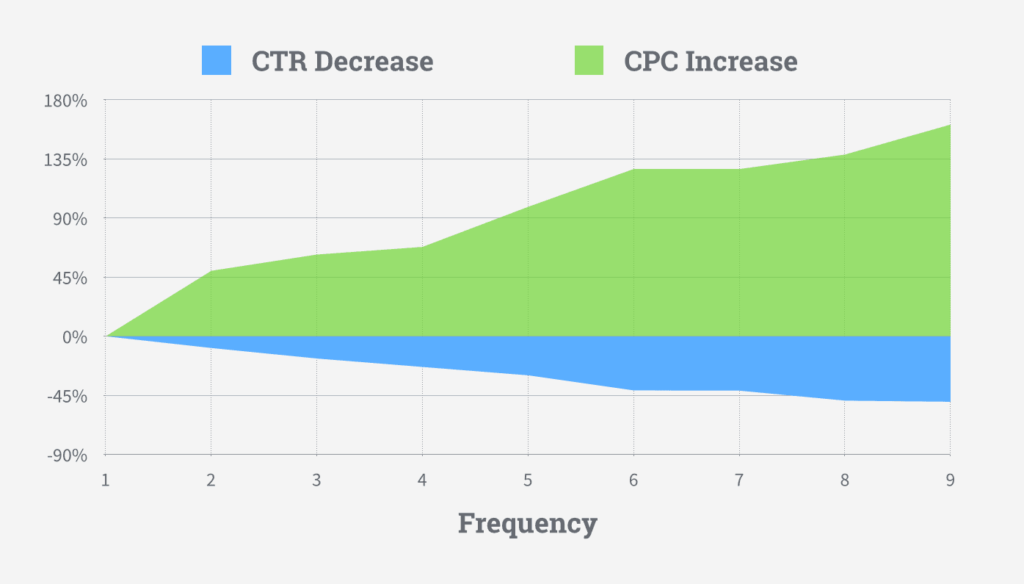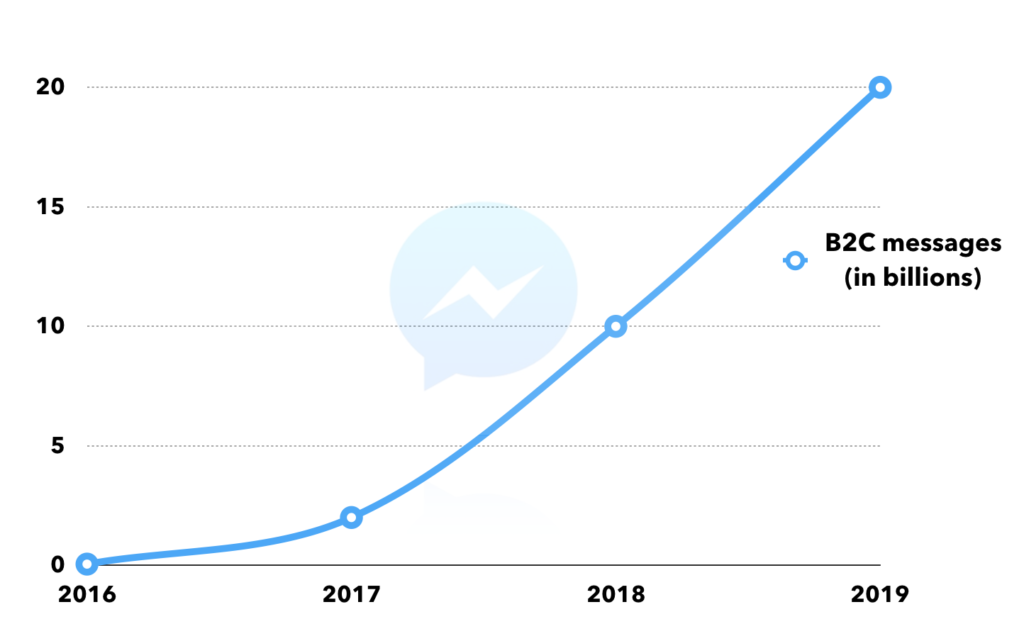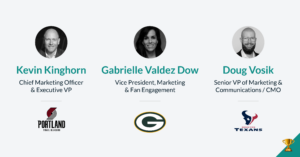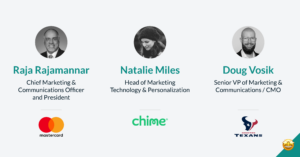In a nutshell: read this article if you care about limiting ad fatigue, increasing return on ad spend and scaling your customer growth. Learn why conversational marketing helps achieve all three.
The age old marketing problem of when, where and how often to get in front of your customers.
Every marketer faces the same problem. No matter how big or small your brand recognition, your marketing budget or your team. You have to ask yourself the same question. How do I optimize when, where and how often to get in front of my customers to push them through my marketing funnel?
It doesn’t really matter how complex your marketing funnel model. You can split each stage into as many micro-stages as you want. You can integrate the purchase and post-purchase stages.
As CMO of a global enterprise, you may have a whole team of people broken down by market to tackle each individual touchpoint across each stage of your customer journey. As Director of Performance Marketing at a direct-to-consumer startup, you could be a team of one managing everything alone.
Ultimately though, your goal as a marketer is to get consumers to the purchase stage at the lowest possible cost. To do that, you have to answer the question of when, where and how often to get in front of your customers.
Two basic pre-purchase marketing funnels:
When and where comes down to the channels you use to reach your customers. How often is a question you have to figure out no matter what channels you use. Whether by direct mail, on TV, via email or on social media. How often you show your ads to customers is a crucial part of your marketing equation.
High ad frequency generates ad fatigue and diminishing returns on ad spend.
Pushing customers through your funnel isn’t about bombarding them with as many ads as possible. Back in the day, conventional marketing wisdom was that the more an ad was seen the better. Today, when you can reach consumers everywhere, this is far from the truth. No consumer wants to see the same ad everywhere. Serving your potential customer too many ads risks annoying them straight out of your funnel.
High ad frequency also skyrockets your marketing costs. Why? Because nearly every ad platform measures frequency and penalizes it to maintain positive user experiences and help marketers optimize their spend.
Take Facebook. Ad fatigue has a severe negative impact on many of your core campaign metrics. Higher ad frequency means your CTR (click through rate) goes down along with your ad relevance score, which makes CPC (cost per click) to go up. Take a look at this AdEspresso chart. It shows just how severe the increase is:

Higher CPC means your CPA (cost per acquisition) goes up. The final outcome of your higher ad frequency? Annoyed prospective customers and less return on ad spend.
The problem is that the majority of digital and legacy marketing channels demand high ad frequency. This results in ad fatigue and diminishing returns on ad spend. This is as true for Facebook, Google and Twitter as it is for TV, email and print. Your customers are blind to banners on websites. Their social feeds are crowded. Their email inbox is littered with spam. Their trash is filled with expensive marketing brochures.
Conversational marketing presents a unique opportunity to help marketers come out of this struggle on top. So what makes it unique?
Conversational marketing streamlines your marketing funnel and minimizes ad fatigue.
Conversational marketing helps you build better ad campaigns that streamline your marketing funnel into a conversation. You immediately build a 1:1 relationship with them as an individual and collect declared data on their preferences.
You don’t have to worry about perfecting discrete messaging and copy for each customer across all your ad touchpoints to get them through your funnel. You deliver the right content to the right customer every time.
You don’t need to worry about optimizing ad frequency to minimize ad fatigue. You connect directly with your customers at their highest moment of intent.
Conversational marketing transforms your prospective customer from an anonymous datapoint in your aggregated analytics to an individual with personal preferences you can communicate with directly. You know exactly how far each customer is in your funnel and what they’re looking for.
Conversations convert faster by collapsing ad touchpoints and personalizing post-click experiences.
Imagine you’re running a holiday season campaign. Can you distinguish customers shopping for themselves vs shopping for others? Do you help them find the right product right when they engage? How many retargeting ads are you running that are totally irrelevant? How expensive are your social ads getting due to competition in feeds during holidays and high ad frequency?
Now imagine you run a campaign that triggers a guided selling conversation like the one shown in this video:
Yes. The results from our recent cases speak for themselves:
In all the cases above, having the right conversation with the right customer makes all the difference. What you say and how you engage your customers matters. Being able to track every conversation step drop-off to optimize your messaging matters. The right conversational marketing platform helps you build campaigns that actually see stronger performance over time.
But can you reach enough consumers with a conversational marketing campaign to really have an impact on your marketing return on investment?
B2C messaging is growing fast and here to stay.
It’s no secret that people love messaging. Text messaging is by far the preferred method of mobile communication. Especially among younger demographics. 50% of all US internet users in 2017 said messaging was their preferred mobile communication channel. That number rises to over 60% for people under 44. Messaging app users are growing fast worldwide and will reach 2.48 billion by 2021.
Businesses and consumers are now exchanging over 20 billion messages a month on Facebook Messenger alone. That is a lot of messages. Adoption has grown fast and is now growing even faster.
Like every other digital marketing channel that came before it, the emerging messaging channel is vulnerable to advertising abuse. This abuse will lead to messaging fatigue.

Irrelevant display ad marketing and retargeting eventually led to banner blindness. Excessive email marketing eventually led to inboxes filled with spam. Paid social marketing led to feeds crowded with ads.
As conversational marketing matures as a channel it’s unlikely to be any different. The uniquely personal nature of messaging compared to these other channels means it’s even more important to ensure quality over quantity. Your brand has the opportunity to live alongside your customer’s most intimate relationships.
The earlier marketers adopt conversational marketing best practices the better. Done right, conversational marketing offers the best channel a marketer could hope for. It offers customers the best experience they can have. Done wrong, you risk annoying your customers, blinding them to your messages and ruining the best marketing opportunity of the next 5 years.


